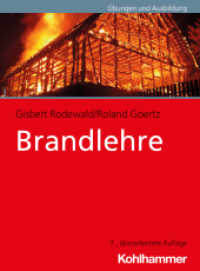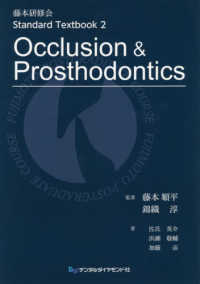- ホーム
- > 洋書
- > ドイツ書
- > Mathematics, Sciences & Technology
- > Technology
- > popular works
Description
(Text)
The goals of metal forming process design have long exceeded the mere shaping of components. Changes of the component properties which are caused by forming, including residual stresses, damage and work-hardening have received increasing attention in the last years. If done right, the incorporation and control of property changes of cold forged components in terms of numerical simulations can significantly improve the energy- and resource-efficiency of metal forming processes as well as the components' service life and performance. To predict and exploit the property changes by means of numerical simulations, the exact incorporation of the workpiece material behavior is of utmost importance. Up to now, anisotropic hardening is rarely considered in the field of cold forging making impossible a flawless prediction of a component's properties and its performance.In the scope of this thesis, typical cold forging materials are characterized with regard to their anisotropic work-hardening behavior at large strains. It is shown that all investigated materials exhibit an extensive Bauschinger effect, work-hardening stagnation and permanent softening which, up to now, are typically not considered in cold forging simulations. All anisotropic hardening phenomena intensify drastically with the pre-strain.The experimental data is utilized to select, modify, and fit constitutive models of increasing complexity to capture all relevant work-hardening phenomena exhibited during strain path changes. A modified version of the Yoshida-Uemori multi-surface model is successfully implemented and applied to drastically improve the prediction accuracy of single- and multi-stage cold forging simulations.








